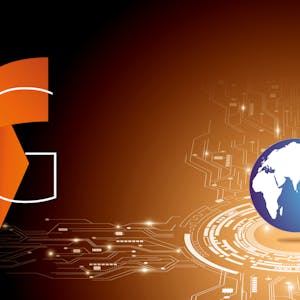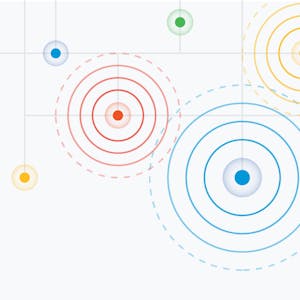Geographical Information Systems - Part 2
About this Course
This course is the second part of a course dedicated to the theoretical and practical bases of Geographic Information Systems (GIS). It offers an introduction to GIS that does not require prior computer skills. It gives the opportunity to quickly acquire the basics that allow you to create spatial databases and produce geographic maps. This is a practical course that relies on the use of free Open Source software (QGIS, Geoda). In the first part of the course (Geographical Information Systems - Part 1), you explored the basics of land digitization and geodata storage. In particular, you learned how to: - Characterize spatial objects and phenomena (spatial modeling) from the point of view of their positioning in space (coordinate systems and projections, spatial relationships) and according to their intrinsic nature (object or vector mode vs. image or raster mode); - Use various data acquisition methods (direct measurement, georeferencing of images, digitization, existing data source, etc.); - Use various geodata storage methods (simple files and relational databases); - Use data modeling tools to describe and implement a database; - Create queries in a query language and data manipulation. The second part of the course deals with spatial analysis methods and georeferenced information representation techniques. In particular, you will learn how to: - Analyze the spatial properties of discrete variables, for example by quantifying spatial autocorrelation; - Work with continuous variables (sampling, interpolation and construction of isolines) - Use digital elevation models (DEMs) and their derivatives (slope, orientation, etc.); - Use geodata superposition techniques; - Produce cartographic documents according to the rules of the semiology of graphics; - Explore other forms of spatial representation (interactive cartography on the internet, 3D representations, and augmented reality). The page provides an interactive forum for participants in this course.Created by: École Polytechnique Fédérale de Lausanne

Related Online Courses
A Database Engineer designs, creates, manages, migrates, and troubleshoots databases used by applications to store and retrieve data. This learning path guides you through a curated collection of... more
This course will highlight the most interesting experiments within the field of psychology, discussing the implications of those studies for our understanding of the human mind and human behavior.... more
This course, developed by Google, is for installers and network managers who work with Certified Professional Installers. Through a mix of video lectures, step-by-step explanations, and quizzes,... more
This course provides learners with a first look at the world of statistical modeling. It begins with a high-level overview of different philosophies on the question of \'what is a statistical... more
Customer-centric design is key to the success of any solution, product, or service over time. This specialization explores the core principles of Generative AI and its transformative impact on... more







